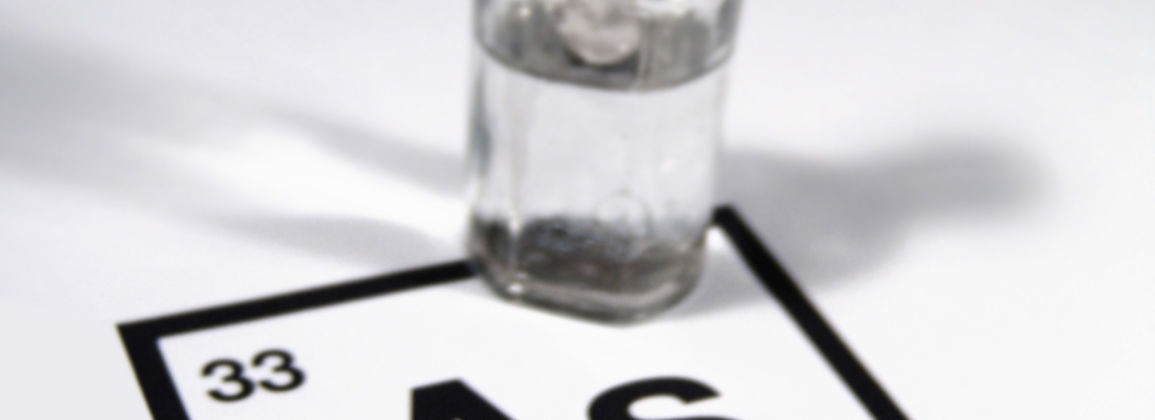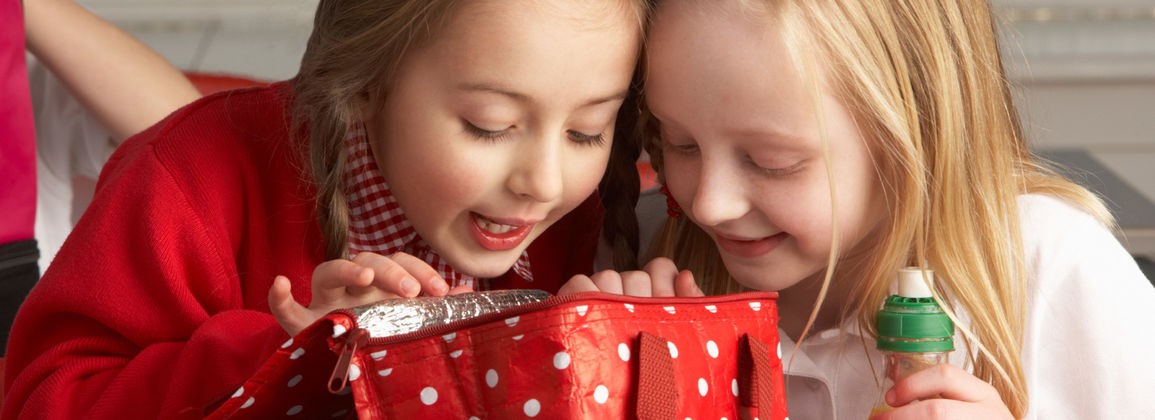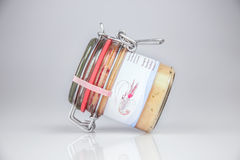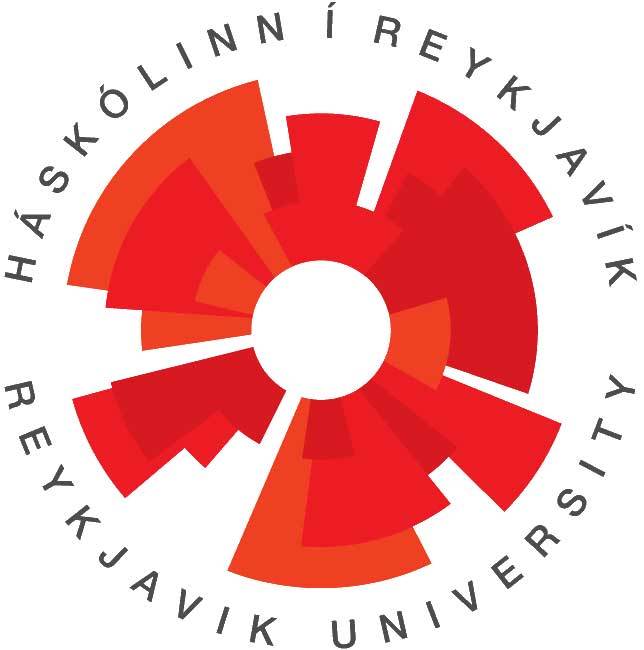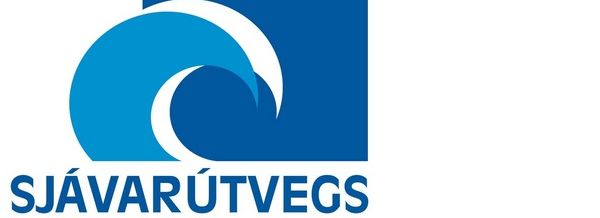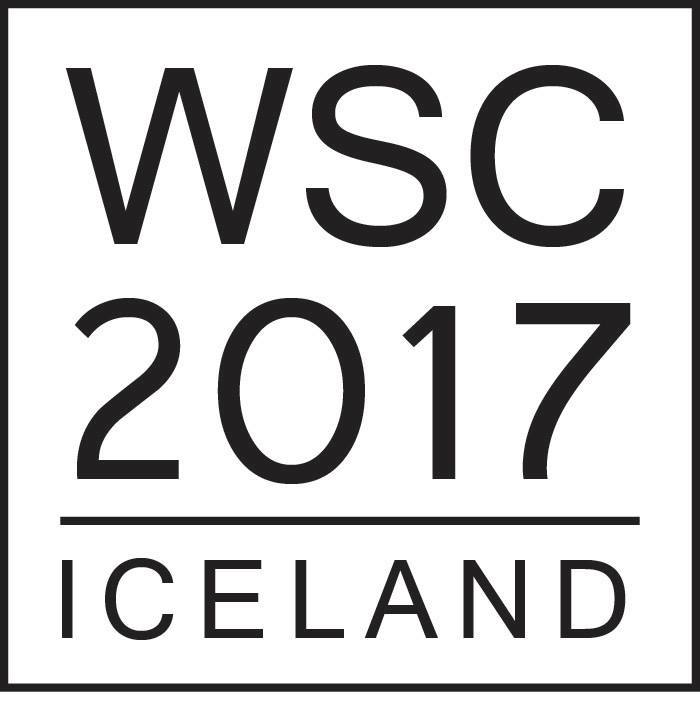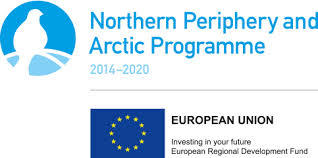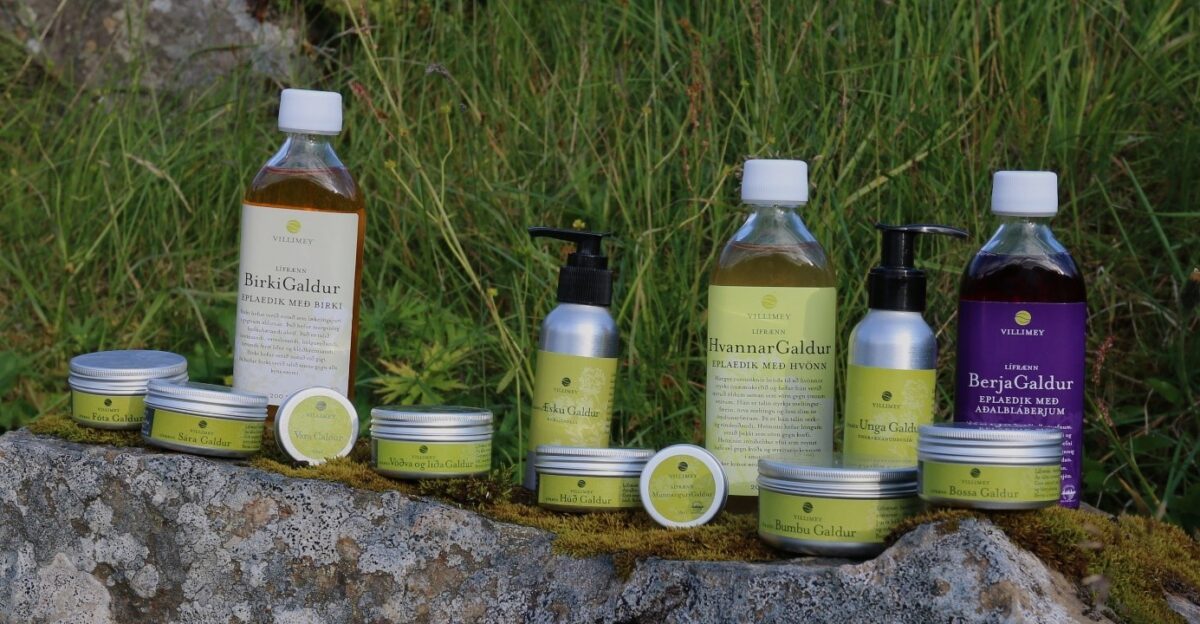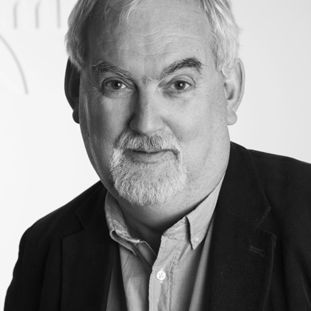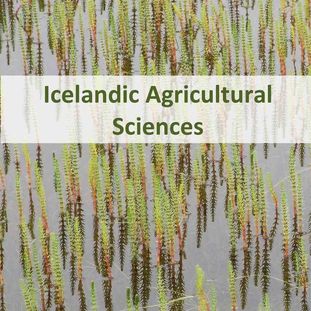A few days ago, we received news that the peanut producer's representatives had been sentenced to 20 and 28 years in prison for their part in the spread of salmonella contaminated food. It is not the intention of this article to evaluate the news, but it is interesting to consider the importance of safe food when such news arrives.
In most food production companies, it is clear that the production and sale of food cannot take place without the food being wholesome and safe to consume. Safe food is a prerequisite for food trade and, moreover, all innovation in the food industry is based on the production of food that is safe for consumption. For those who are taking their first steps in food production, it is important to ensure that all facilities are in accordance with laws and regulations and that all food handling, whether in the procurement of raw materials, production, packaging, distribution, sale or anywhere in the value chain foodstuffs, is in such a way that no harm is created for consumers when consuming food.
Safe foods
Disease-causing microorganisms can be transmitted to food in various ways. Therefore, it is necessary to adopt good practices in the production and handling of food. With good practice and internal control of food companies, education, research and official control, it has been possible to keep disease cases due to food infections and food poisoning to a minimum in this country.
In recent years, production of food that has been developed and produced in small quantities from farms or districts has increased. With the increasing activity in the production of various foods, there is a need to draw attention to the weakest or most pathogenic micro-organisms that can be transmitted through food.
With increased knowledge of their properties and routes of transmission, consumers, food producers and other food processing enthusiasts should be able to ensure the safety of the foods they process. Food manufacturers are responsible for the safety of the products they produce.
Matís international collaboration with BfR
Matís works on a variety of projects in the food industry, with particular emphasis on the health and safety of food. The projects are carried out in collaboration with domestic food producers, universities and all those who are in some way serving the food industry. We also work systematically with foreign research institutes and companies through international research and development projects. An example of this is a very successful collaboration with the BfR (Federal Institute for Risk Assessment) but from in 2012, Matís has had extensive contacts with this large and powerful institution .
The main research projects are in the field of microbial and chemical research on food, feed and the environment. Microbial studies cover most of the most important pathogens that can be found in food. Projects include method development and testing methods, research on the performance of micro-organisms in food and the environment, monitoring of micro-organisms and the effect of hygiene measures on micro-organisms. Chemical research includes contaminants and pesticides in food. This includes, for example, research on trace elements in marine products and various pesticides in vegetables and fruit.
News about this can be found at Kjarnan's website.

